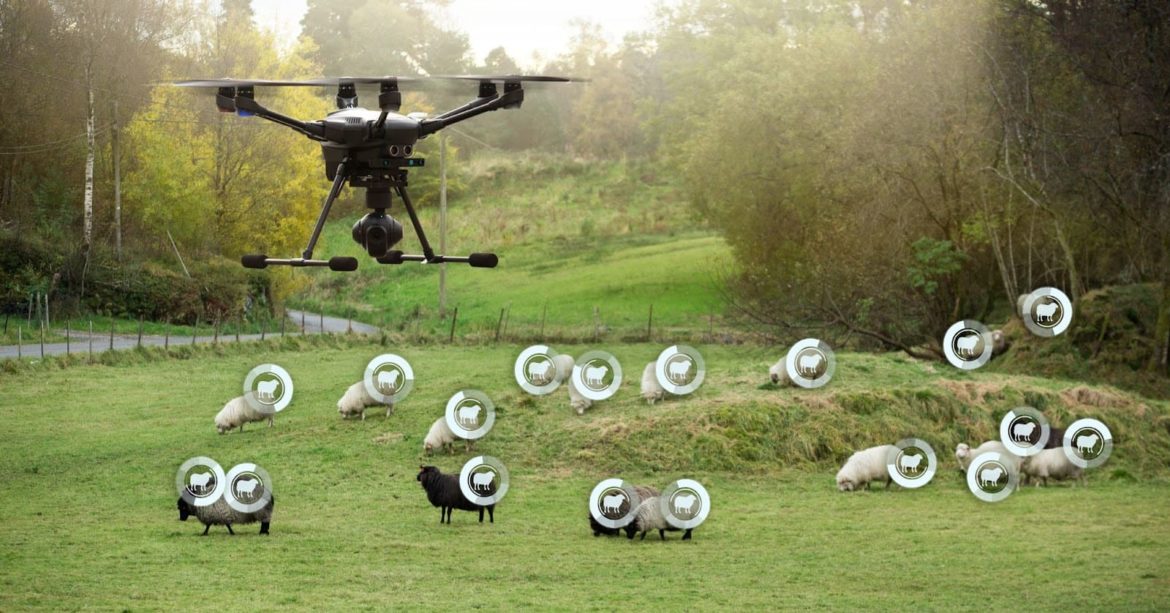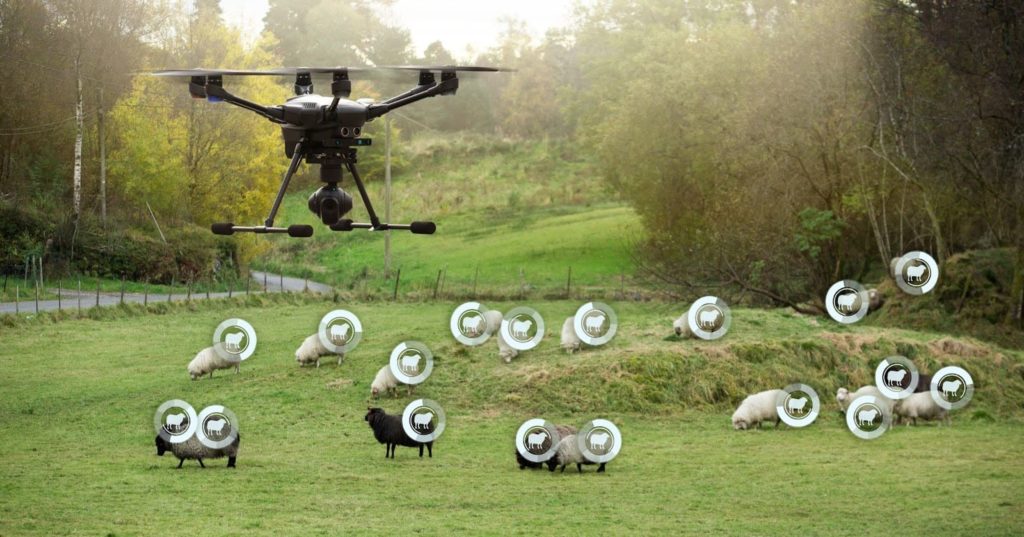Sheep Handling Technology in Use Today
Technology has helped to revolutionise sheep handling. It reduces time and cost investment for sheep producers and improves efficiency. The initial investment in technology is recouped as a result of savings made.
There are several pivotal technological developments in sheep handling that have advanced the industry. Taking a closer look provides an insight into the benefits to be had.
Key points
- Technology has helped to revolutionise sheep handling. It reduces time and cost investment for sheep producers and improves efficiency.
- Advances in technology that are currently employed in sheep handling include remote cameras, drones, laneways, automated jetting, pedigree matchmaker, electronic identification, smart applicators, and Wi-Fi networks.
- Investment is required to employ technology but returns make this worthwhile.
- Technology will continue to advance and revolutionise the sheep farming industry.
Remote camera technology for troughs
Using remote cameras to monitor the supply of water in troughs ensures there is sufficient to keep sheep hydrated and healthy. The fact that this monitoring can be done remotely saves on the time and cost involved with having to visit each trough to check.
Cameras are also easy to move as sheep are shifted around. This makes remote monitoring straightforward and easy to manage even for smaller operations.
Drones for herding sheep
It has been shown that using drones to herd sheep is beneficial for the animals. They become less stressed when drones are used than they do when traditional herding methods are employed. This has been proven by the measurement of sheep heartrates.
Drones work by using sounds to persuade sheep to move in a certain direction. Given the welfare benefits to sheep, the system is likely to become more popular in coming years.
Laneways to make traversing the landscape easier
Sheep handling can be made more complicated when conditions are not ideal. Adverse weather makes it difficult for handlers to travel over some terrains.
Creating laneways on a property alleviates this issue. It involves investment in machinery and products like gravel and fencing but the returns make the expenditure worthwhile. Well-constructed laneways allow livestock, handlers, and machinery to move around the property more efficiently thereby saving time and reducing potential wear and tear on machinery.
Automated Jetting for Flystrike
Flystrike represents a serious health issue for sheep so it’s essential for producers to implement procedures to prevent it. Jetting can be used to apply chemicals to protect sheep from flystrike during periods of high risk.
Many handlers use automated jetting technology to carry out this task. There are several advantages to be had from using this technology including speed, less work, and the fact that the operator can stand back while the jetting takes place and avoid potential exposure to pesticides.
Pedigree Matchmaker to determine associations between lambs and ewes
Using pedigree matchmaker technology allows the pedigree of an individual animal to be traced. It does this by using a walk-by system that employs recognition of each electronic national livestock identification system (NLIS) sheep tag. This enables the system to identify estimated associations between ewes and lambs.
Previously, determining pedigree involved manual labour that could take several hours to complete. It’s clear that the pedigree matchmaker system provides significant time saving advantages.
Electronic Identification (EID) for improved record keeping
Electronic Identification (EID) is one of the biggest advances in sheep handling technology that has been employed in recent years. It allows the movement of each animal to be tracked and makes record keeping more accurate.
This system makes it easier to identify which animals are performing best in terms of weight and growth rate. This is vital information for maintaining successful breeding programmes.
Applicators that calculate optimum dosage
Applying drench and vaccines is an essential aspect of sheep handing work. It helps to preserve the health of each animal.
Technology allows handlers to use applicators that automatically calculate the correct dosage to be applied to each animal. They do this by using measurements from a set of scales and an Android app so that the weight and required dose rate can be used to determine an accurate calculation.
Wi-Fi networks for optimal communication
Installing a dedicated Wi-Fi network on a farm makes sense from an efficiency point of view. It allows all technology, such as rain gauges and weather stations, to be connected wirelessly.
This makes it easier for sheep processors and handlers to use real time data to manage processes.
As technology continues to advance, more solutions will join those already in use. This is positive news for sheep handlers and producers in Australia.



